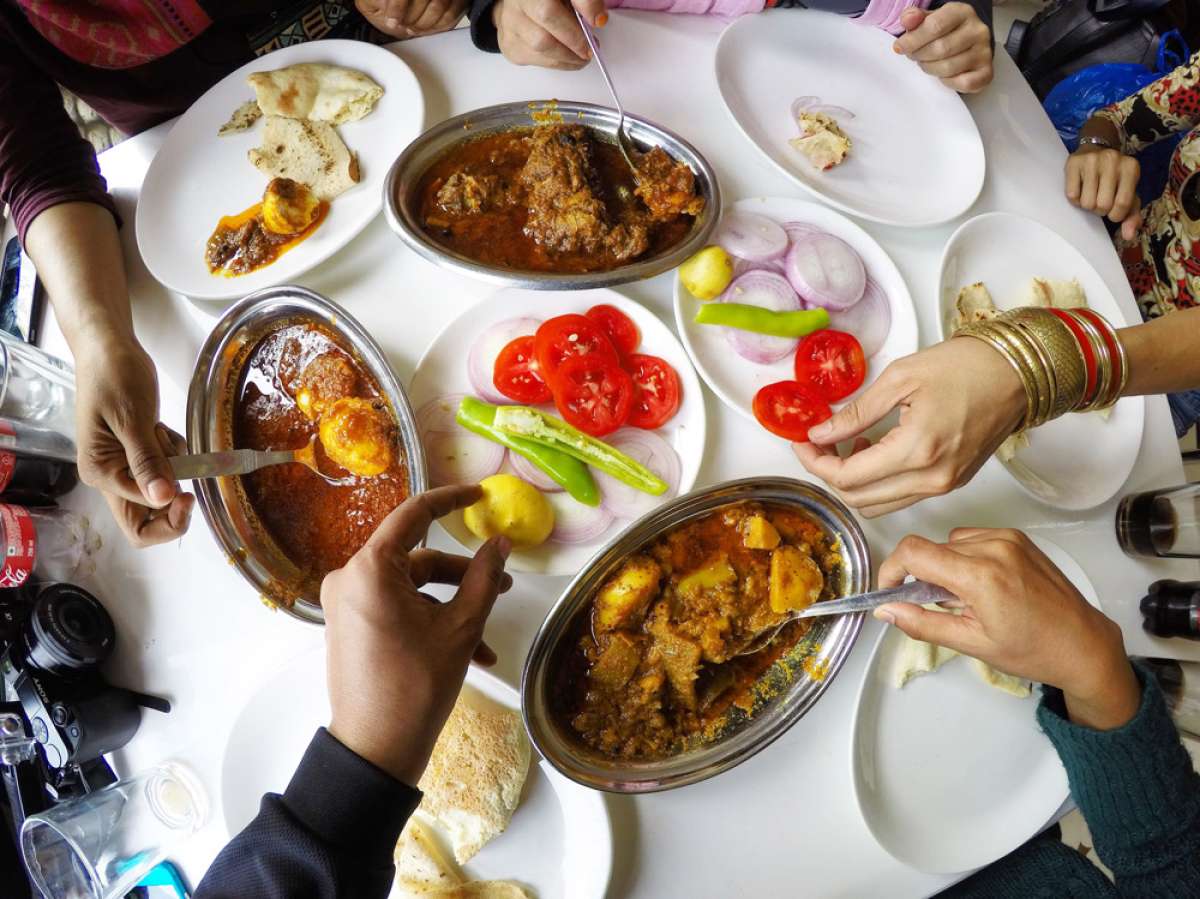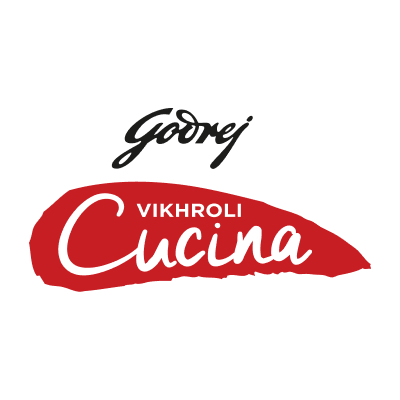
The Parsi Bhonu: A step-by-step guide to feasting this Parsi New Year
Ring in the Parsi New Year in Mumbai’s Parsi colony this year! From Dhansak to the Falooda and stories from Matunga, here’s five classic recipes to celebrate Navroz

If you want to truly uncover the subtleties of Navroz in India, you must wander through the lanes of Mumbai’s iconic Parsi colonies. It is here, especially on the day of the August celebration, that the spirit of the festival is felt.
In a blog by Enroute India, on one such stroll down the streets of the Parsi colony in Matunga, the writer comes across one Mrs. Pearl Mistry. The Mistry family has been a resident of the colony since the eve of Independence.
Every Parsi kitchen has its own affiliation with vermicelli and saffron desserts just like Rawo, which is prepared using ghee, sugar, jaggery, lots of nuts and semolina. According to Professor Kurush Dalal, “The Iranians have several exclusive dishes when it comes to traditional feasts such as Ashe-Reshteh (noodle soup), and Sabzi Pulao (herbed basmati rice), Kuku Sabzi (herb-baked omelette), while the Parsis have the beloved Parsi falooda. That is the only exclusive dish the Parsis have on the day.” (Stay tuned for the detailed recipe!)
When Mrs. Mistry was asked about the Navroz cuisine, Mrs. Pearl Mistry spoke about the symbolism associated with the festival and highlighted the rituals that followed. It was understood that the table prepared for food was the most important of it all. Known as the Haft Sin table.
The tradition of the Haft-Sin table
The Haft-Sin table features seven items that start with the Persian letter 'S'.
Here’s what each of these items are; and what they symbolise:
- Somāq (sumac berries): the crimson colour of sunrise and the triumph of good over evil.
- Sabzeh (sprouted grains or lentils): rebirth and renewal.
- Samanu (a sweet, creamy pudding): affluence and fertility.
- Seeb (apple): beauty and good health.
- Senjed (dried wild olive fruit): Reflecting love.
- Seer (garlic): medicine and health.
- Serkeh (vinegar): age, patience and wisdom.
Mrs. Mistry also emphasises the importance of Khatta Meetha (a balance of sweet and sour) in every dish, achieved with the judicious use of sugar, jaggery and vinegar.
Below we’ve curated a list of delicacies that can help you get started with the Navroz festivities.
Dhansak
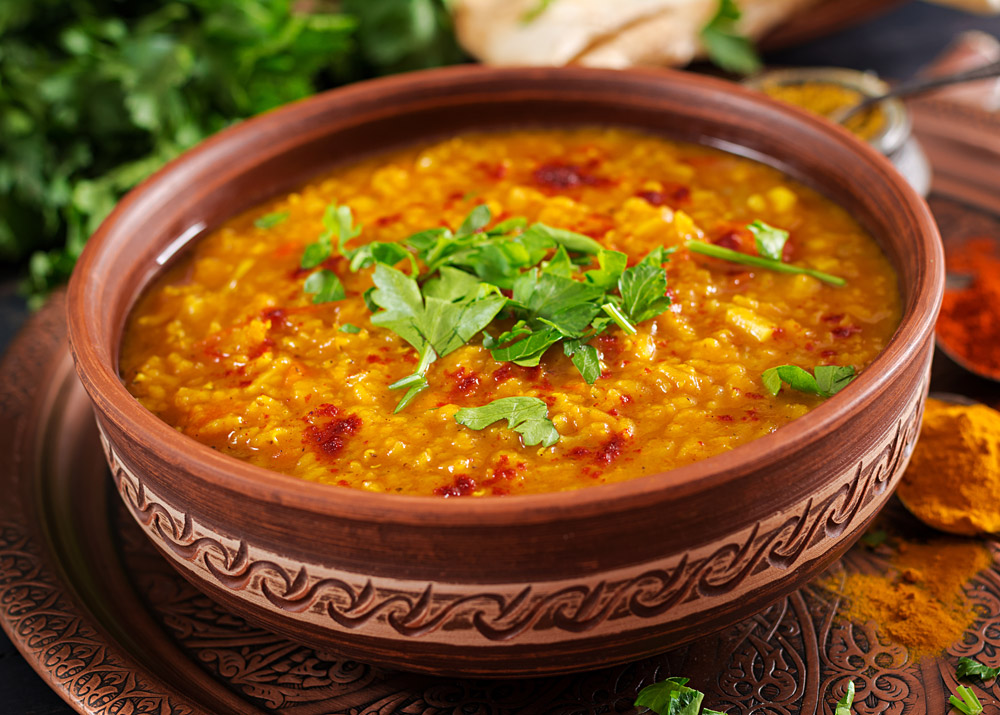
Ingredients:
- 500g mutton or Godrej Real Good Chicken Kheema
- 1 cup toor dal (arhar dal)
- ½ cup masoor dal (red lentil)
- ¼ cup chana dal (Bengal gram)
- ¼ cup val dal (field beans)
- 1 large onion, finely chopped
- 2 medium tomatoes, chopped
- 1 cup chopped mixed vegetables (pumpkin, brinjal, fenugreek leaves)
- 2 tbsp ginger-garlic paste
- 3 tbsp Dhansak masala
- 1 tsp turmeric powder
- 1 tsp red chilli powder
- A small piece of jaggery
- 1 tbsp tamarind pulp
- 3 tbsp oil
- Salt to taste
- Fresh coriander for garnish
Instructions:
- Wash and soak all the lentils together for at least 30 minutes.
- In a pressure cooker, add the soaked lentils, mixed vegetables, salt and turmeric powder with 4-5 cups of water. Cook for 5-6 whistles until everything is very soft. Once cooled, blend this mixture into a smooth purée.
- In a separate heavy-bottomed pan, heat the oil. Add the chopped onions and sauté until they turn golden brown.
- Add the ginger-garlic paste and cook for a minute. Then add the chicken or mutton pieces and sear them on high heat until browned on all sides.
- Stir in the chopped tomatoes, dhansak masala, and red chilli powder. Cook until the tomatoes soften and oil begins to separate from the masala.
- Pour the blended dal-vegetable purée into the pan with the meat. Add the jaggery and tamarind pulp. Mix well.
- Add water if the consistency is too thick. Bring to a boil, then cover and simmer on low heat for 45-60 minutes for mutton, or 25-30 minutes for chicken, until the meat is tender and falling off the bone.
- Garnish with fresh coriander and serve hot with caramelised rice.
Patra ni Machhi
Ingredients:
- 4-6 fillets of pomfret
- Banana leaves, cut into large squares
- For the chutney:
- 1.5 cups fresh coriander leaves
- ¾ cup fresh mint leaves
- ½ cup grated coconut
- 4-5 green chillies
- 6-7 cloves of garlic
- 1-inch piece of ginger
- 1 tbsp cumin seeds
- 2 tbsp lemon juice
- 1 tsp sugar
- Salt to taste
Instructions:
- To make the chutney, combine all the chutney ingredients in a blender and grind to a thick, smooth paste. Add very little water if necessary.
- Gently wash and pat dry the fish fillets. Generously coat each fillet on all sides with the prepared green chutney.
- Soften the banana leaves by quickly passing them over an open flame. This prevents them from tearing when you fold them.
- Place a chutney-coated fish fillet in the centre of each banana leaf square. Fold the leaf to create a neat parcel, securing it with a toothpick or cotton string.
- Steam the parcels for 15-20 minutes in a steamer or until the fish is cooked through.
Chicken Farcha
Crispy on the outside and juicy on the inside, Chicken Farcha is the ultimate Parsi fried chicken. It’s a popular appetiser at any celebration and is ridiculously addictive.
Ingredients:
- 500g Godrej Real Good Chicken drumsticks or boneless thighs
- For the marinade:
- 2 tbsp ginger-garlic paste
- 1 tbsp lemon juice
- 1 tsp turmeric powder
- 1 tsp red chilli powder
- 1 tsp cumin powder
- Salt and pepper to taste
- For the coating:
- 2 large eggs
- 3 tbsp all-purpose flour (maida)
- 1 cup breadcrumbs
Instructions:
- Make a few shallow cuts on the chicken pieces. In a bowl, mix all the marinade ingredients and rub them thoroughly into the chicken. Let it marinate for at least 2-3 hours, or preferably overnight in the refrigerator.
- In a shallow bowl, whisk the eggs with the all-purpose flour, a pinch of salt, and pepper to create a smooth batter.
- Spread the breadcrumbs on a separate plate.
- Dip each marinated chicken piece first into the egg batter, ensuring it's fully coated.
- Next, roll the battered chicken in the breadcrumbs until it is evenly covered.
- Heat oil in a pan for frying.
- Carefully place the coated chicken pieces in the oil and fry on medium heat until they are golden brown and cooked through.
- Drain on paper towels and serve hot with mint chutney.
Lagan nu Custard
Ingredients:
- 1 litre Godrej Jersey Full Cream Milk
- 200g sugar (or to taste)
- 4 large eggs
- 1 tsp cardamom powder
- ½ tsp nutmeg powder
- 1 tsp vanilla extract
- A handful of slivered almonds and pistachios for garnish
- A few strands of saffron (optional)
Instructions:
- In a heavy-bottomed pan, bring the Godrej Jersey Full Cream Milk to a gentle boil and let it simmer until it reduces by about a quarter. Stir occasionally to prevent it from sticking.
- Add the sugar and stir until it dissolves completely. Remove from heat and let the milk cool down to lukewarm.
- In a separate bowl, lightly whisk the eggs.
- Slowly pour the lukewarm milk into the eggs, whisking continuously to prevent the eggs from scrambling.
- Stir in the cardamom powder, nutmeg powder, and vanilla extract.
- Pour the custard mixture into a greased baking dish.
- Sprinkle the slivered almonds, pistachios, and saffron strands on top.
- Bake in a preheated oven at 160°C for 40-50 minutes. To ensure a creamy texture, place the baking dish in a larger tray filled with hot water (a water bath) before baking.
- The custard is ready when the centre is almost set but still has a slight jiggle. Let it cool completely before chilling it in the refrigerator for at least 4 hours. Serve cold.
Parsi Falooda
Professor Kurush Dalal tells En Route India of a lesser-known Parsi dish of considerable cultural importance during Navroz, a Parsi version of falooda. He explains that in Persia, a dessert known as faloodie was made using shaved ice, rose syrup, fruits and lemon juice, quite similar to an ice gola. Having come to India, the Parsis adapted the recipe using locally available ingredients: with milk being available, they replaced shaved ice with milk but retained the rose syrup and added sabja seeds and falooda noodles as well. The classic dish, now called the royal falooda is a true culinary heritage.
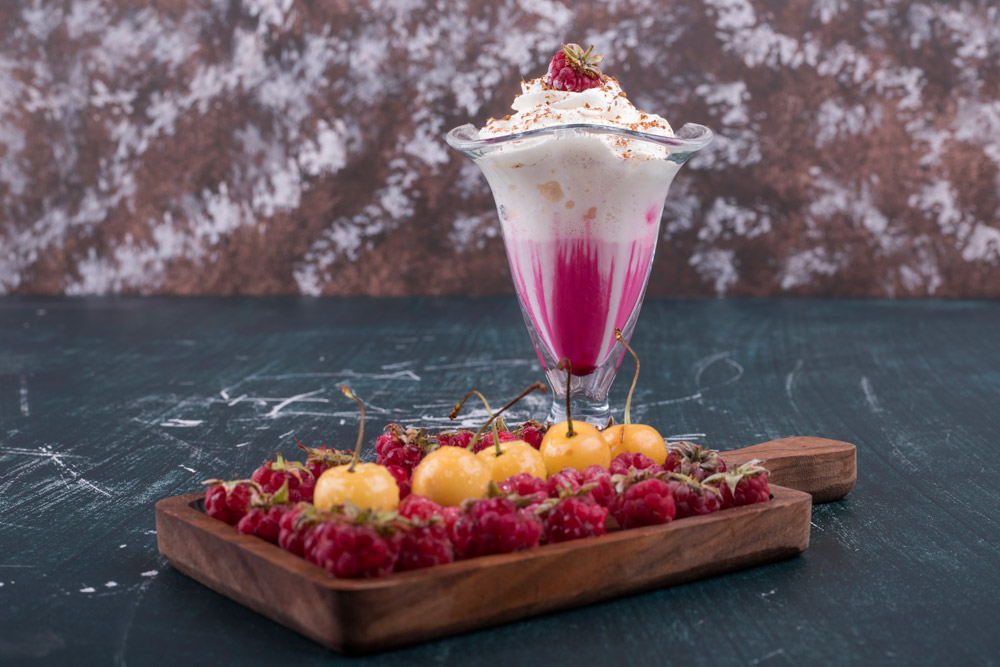
Royal Falooda
Ingredients (for 4 servings):
- 1 litre Godrej Jersey Full Cream Milk, thoroughly chilled
- 6-8 tbsp rose syrup (or to taste)
- 2 tbsp basil seeds (sabja or takmaria)
- ½ cup falooda sev (thin cornstarch vermicelli)
- Sugar to taste (optional, as rose syrup is sweet)
- 4 scoops of vanilla ice cream or kulfi
- 2 tbsp chopped pistachios for garnish
Instructions:
Prepare the basics:
- Soak the basil seeds (takmaria) in 1 cup of water for about 20-30 minutes. They will swell up and become gelatinous. Drain any excess water.
- Cook the falooda sev according to the package directions. This usually involves boiling it in water for a few minutes until soft. Drain the sev and rinse it under cold water to stop it from cooking further and to prevent it from clumping. Set aside.
Make the rose milk:
- In a large jug, combine the chilled Godrej Jersey Full Cream Milk with the rose syrup.
- Stir well until the syrup is completely mixed. Taste the milk and add a little sugar only if you prefer it sweeter. Keep it chilled in the refrigerator until you are ready to assemble.
Assemble the falooda:
- Take four tall glasses. Drizzle a little rose syrup along the inside walls of each glass for a decorative effect.
- Add a layer of cooked falooda sev (about 2 tablespoons) at the bottom of each glass.
- Top this with a layer of the soaked basil seeds.
- Slowly pour the prepared rose milk into each glass, filling it up to about three-quarters full.
- Gently place a generous scoop of vanilla ice cream or kulfi on top.
- Garnish with a sprinkle of chopped pistachios.
Serve Immediately
Serve with a long spoon and a straw, and enjoy the delightful mix of textures and flavours.
Which of these Parsi delicacies are you most keen to try on Parsi New Year?Let us know in the comments!
Tags
0 Comment
You may also like
-
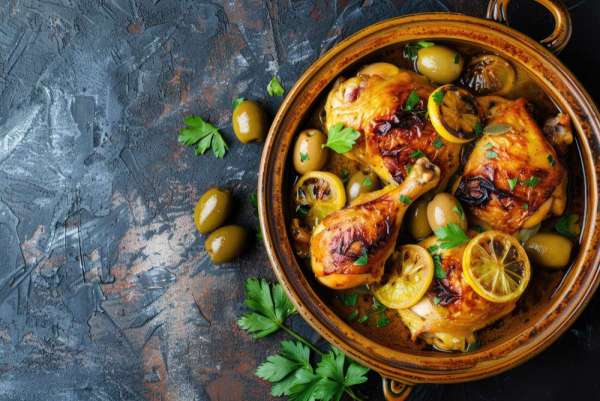
Kitchen stories Best of 2025: the year in search and 3 viral chicken recipes
by Vikhroli Cucina
-
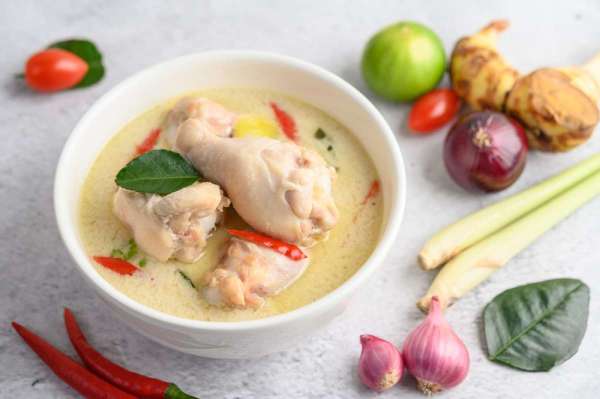
Kitchen stories The weekend chicken curry Christmas special: The Kerala Chicken Stew
by Vikhroli Cucina
-
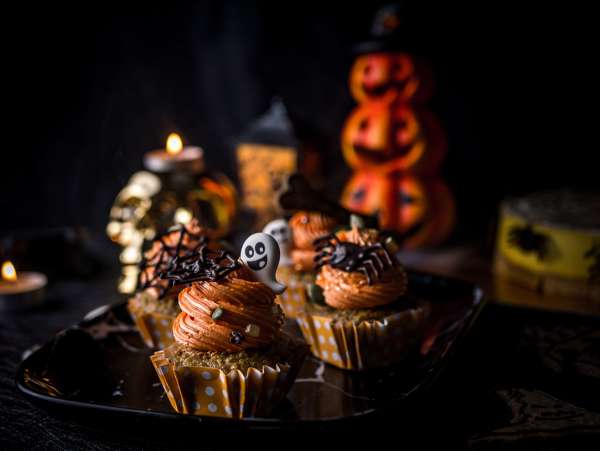
Kitchen stories Gothic gastronomy: A Halloween menu of edible illusions
by Vikhroli Cucina
-
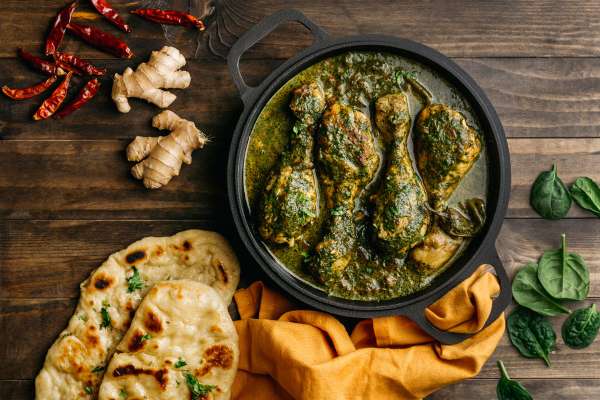
Kitchen stories The weekend chicken curry: Pahari Murg with Godrej Real Good Chicken
by Vikhroli Cucina

